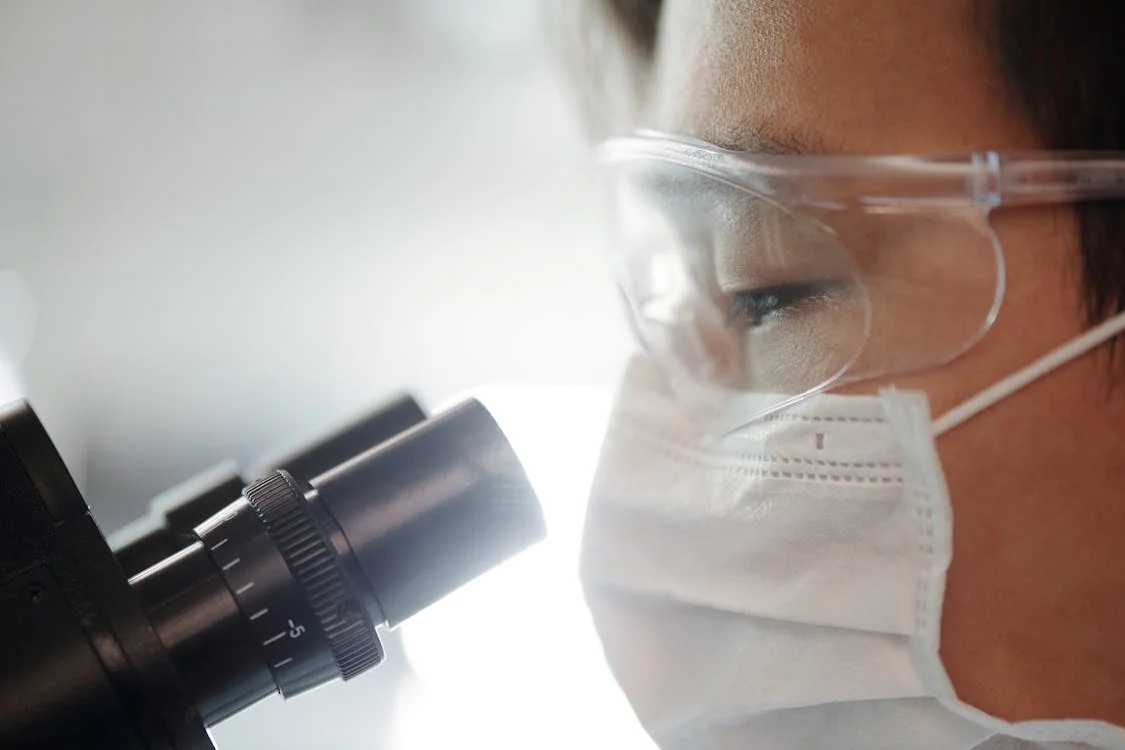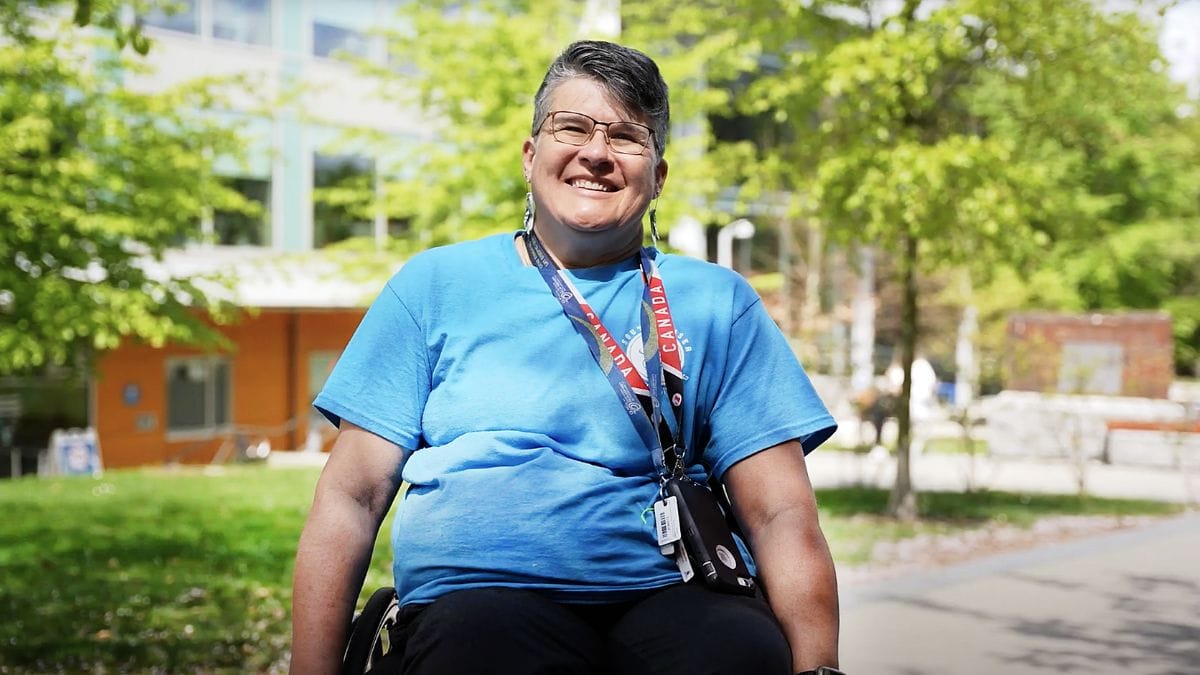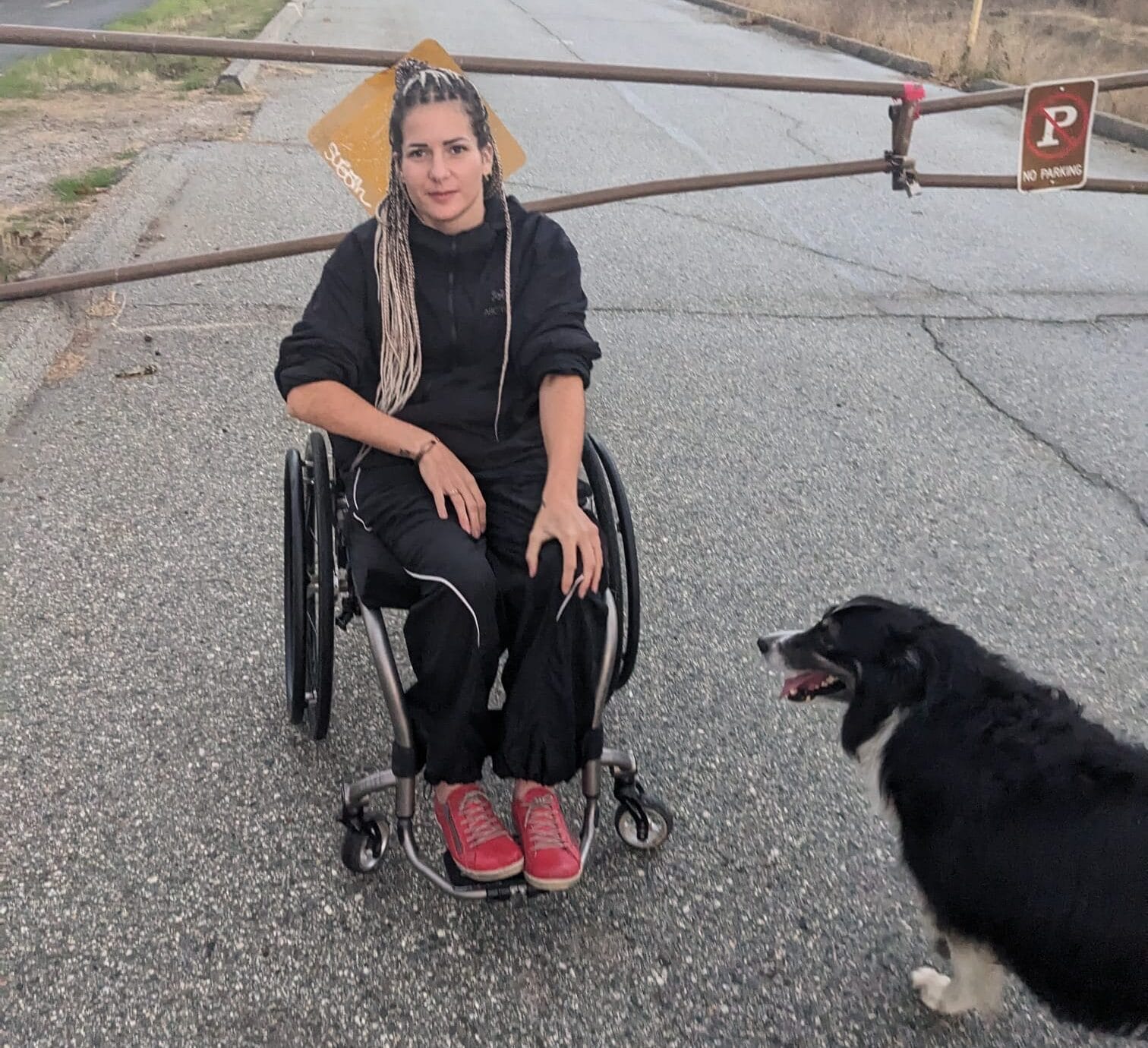
I’m guessing you’ve seen the headlines:
Paralysed man Darek Fidyka walks again after pioneering surgery
Paralysed man Darek Fidyka walks again after treatment by British doctors on brink of ‘cure’
And so on….
For those of you who are familiar with my posts on stem cell treatments, you can probably guess what I’ve got to say. But make no mistake, I’m not the only one saying it. And this time, I’m not just commenting on the “treatment.”
I guess we were due for a sensational story that once again feeds the spinal cord injury cure hope hype. To be clear, I’m not against the quest for a cure. Quite the opposite, we must continue to support research that may someday lead to a cure. It’s just that this is an offensive manipulation of the media to achieve what? Fame? Probably not fame. More likely money. From what I read, the researchers are looking for funding for clinical trial involving 10 patients. That costs money. Lots of money. How better to attract it than with a splashy news release touting the recovery of walking in a man with complete paralysis.
Here are some of the problems:
- They report their sensational claims based on the outcomes of one patient. That’s not enough to draw any conclusions about anything.
- Complete paralysis does not equal complete spinal cord injury. From previous reports, there appears to be some sparing of the spinal cord in patients they studied. It may very well be that this patient had some sparing and may well have experienced some natural recovery of function.
- The “walking” they report does not look very much like voluntary walking. The researchers must do a better functional, biomechanical and electrophysiological analysis of this to verify their claim.
- Spontaneous recovery or physiotherapy could have lead to the recovery reported.
- The claims of recovery cannot yet be attributed to the cellular treatment the patient received.
Others are reacting to this story, including ICORD’s Dr. Wolfram Tetzlaff. In an interview with CBC News, Dr Tetzlaff questions the results, stating, “We do know that this particular patient here was not completely injured. He presented as a completely paralyzed person, therefore was classified as complete. But when you read the paper, there was a little bridge left.” He continues, “It’s entirely conceivable that the recovery we see in conjunction with the aggressive rehab training is due to that. So whether the cells are actually doing something or not is premature to say.” Read more on Dr. Tetzlaff’s response on ICORD’s blog post, “Progress in research leads to cautious optimism.”
Dr Charles Tator, a senior scientist at Krembil Neuroscience Centre at Toronto Western Hospital provides further caution about the walking reported in the video released by the stem cell researchers, stating “We had an issue here of a quote ‘breakthrough’ that showed people walking after treatment for their injury which ultimately was proven to be a negative study.”
But here is another problem I have with Dr. Raisman’s reporting of the findings: in his interviews with the media, he states “We believe that this procedure is the breakthrough which, as it is further developed, will result in a historic change in the currently hopeless outlook for people disabled by spinal cord injury.”
Yes, like Dr Tator, I also have a problem with the use of “breakthrough” but I have an even bigger problem with the last part of his statement, “the currently hopeless outlook for people disabled by spinal cord injury.”
Really? Is the outlook for people with SCI hopeless? Far from it. But I shouldn’t be surprised. While attending an international spinal cord injury conference in the 1990s, I attended a keynote address by Dr. Raisman on his research into olfactory ensheathing cells as a potential treatment for SCI. Sitting next to me was one of my best friends, a fellow PhD candidate and Gold Medal winning wheelchair basketball player who has a spinal cord injury. During his keynote address, Dr. Raisman referred to people with SCI as “poor unfortunates.” I turned to my friend and passed along my sympathies. I didn’t know he was a poor unfortunate.
It’s a miracle my friend has a happy family, a successful research career, and is an accomplished athlete. Pretty remarkable for a poor unfortunate.
There is so much that upsets me about the media release about an ambiguous outcome in one patient, including the media’s over reaction to it. Unfortunately, I’m used to hyperbole being sold by researchers and media alike. Resigned to it, perhaps.
What really riles up is the perpetuation of the myth that a person with spinal cord injury is a poor unfortunate with a hopeless outlook. Coming from a researcher who has worked in the spinal cord injury field for 3 decades, this grossly irresponsible. Repugnant.
As we continue to search for a cure, we must continue to support people with SCI and their families so that they can adjust, adapt and thrive. Yes, thrive. We all hope for a cure in the future, but it might be in the very distant future. For now, let’s reinforce that one doesn’t need to be cured to be whole.
Update: A day after running the story of the research “breakthrough”, The Independent followed up with a thoughtful article entitled, “Spinal cord injuries and the realities of medical “breakthroughs.”” It’s refreshing for the media to follow up with something constructive like this.



